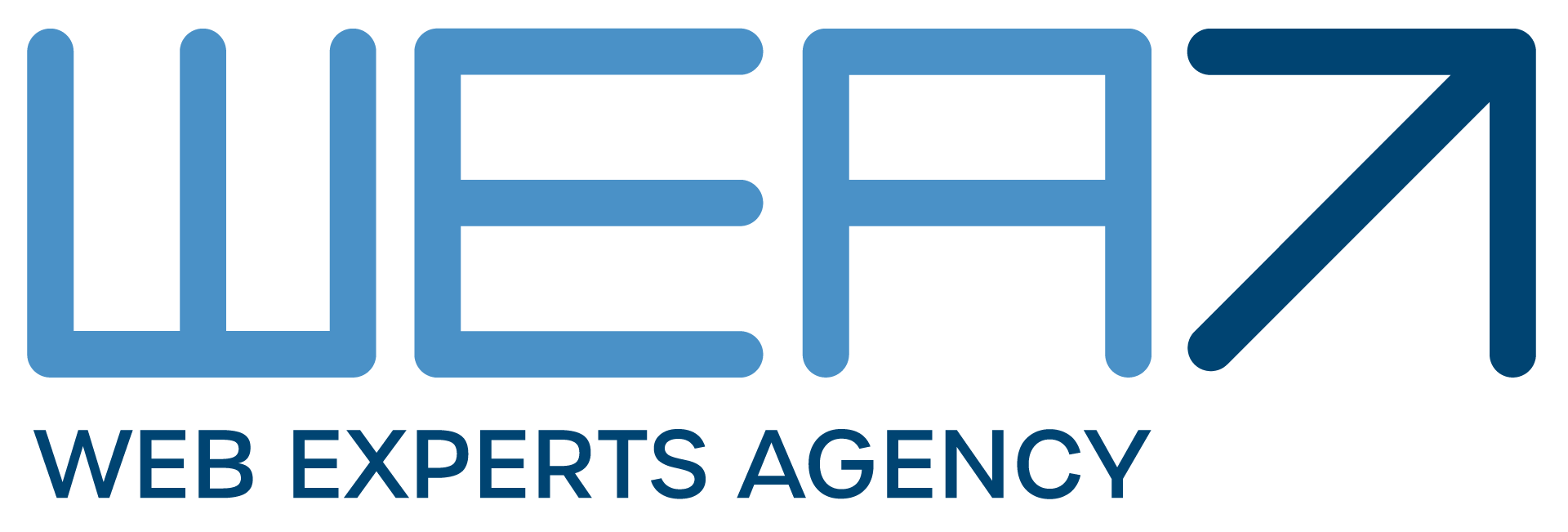
Introduction
Analysing a competitor’s PPC campaign is crucial for optimising your strategy. Start by dissecting their ad copies, evaluating messaging effectiveness, and identifying unique selling points. Delve into their keyword strategy, uncovering high-performing terms and assessing relevance. Explore budget allocation and bid management to understand their investment priorities. Landing page evaluation provides insights into user experience and conversion tactics. Examine the use of ad extensions, different formats, and their impact on visibility. Track competitors’ ad positions, impression share, and testing and optimisation approaches. This comprehensive analysis informs strategic decisions, helping you adapt and refine your PPC efforts for enhanced performance.

Identifying Competitors In The PPC Landscape
Initiating a comprehensive analysis of a competitor’s PPC campaign begins with identifying active participants in the digital advertising sphere. Utilise tools such as SEMrush or SpyFu to compile an exhaustive list, revealing competitors’ bidding on analogous keywords. These tools unveil potential adversaries in the PPC domain. Additionally, scrutinise ads appearing alongside search results for target keywords to pinpoint direct competitors precisely. This initial phase of competitor analysis is indispensable, providing a foundational understanding of the competitive landscape within the expansive digital advertising domain. It sets the stage for a more nuanced exploration of competitors’ strategies and informs the subsequent steps in optimising your PPC campaigns.
Ad Copy Analysis
At the forefront of engaging potential customers, ad copies play a pivotal role in communication. In 2024, global spending on search advertising is projected to reach $190.5 billion by companies. When analysing competitors’ ad copies, dissecting their messaging, call-to-action, and unique selling propositions (USPs) is crucial. Assess the tone for persuasiveness, informativeness, or urgency. Examine the clarity of the value proposition and its alignment with user intent. Tools like AdWords Ad Preview and Diagnosis or Google Ads Editor are streamlining this process, facilitating a comprehensive review of competitors’ ad copies across diverse demographics and locations. Such analysis becomes a cornerstone for crafting compelling copies that stand out in the competitive landscape.
Keyword Strategy Examination
Essential for refining your approach, delving into competitors’ keyword strategies is a fundamental step. Tools such as Ahrefs or KeywordSpy unveil the keywords competitors target and their respective ad positions. Evaluate the relevance and performance of these keywords – are they high-converting or primarily driving traffic? Analyse whether competitors prioritise long-tail keywords or concentrate on broader terms. This examination offers pivotal insights into the competitive keyword landscape, empowering you to fine-tune your strategy for optimal results in the dynamic digital marketplace.
Budget Allocation And Bid Management
Gaining a competitive edge necessitates a profound understanding of how competitors allocate PPC budgets and manage bids. Small to mid-sized companies typically incur a monthly cost ranging from $9,000 to $10,000 for an average PPC campaign. Tools like SpyFu or iSpionage estimate competitors’ budgets and ad spending, providing valuable insights. Examine the budget distribution across campaigns and platforms. Assess competitors’ bid management strategies – do they prioritise specific keywords, and are bids actively adjusted based on performance? This insight is invaluable in optimising your budget allocation and bid management, fostering cost-effective and impactful PPC campaigns in the dynamic realm of digital advertising.
Landing Page Evaluation
Beyond enticing clicks, the landing page is the nexus of conversions. Examining competitors’ landing pages unveils insights into user experience and conversion tactics. Evaluate the landing page’s relevance to the ad copy, clarity of the call-to-action, and overall design and functionality—Utilise tools like Unbounce or Instapage to analyse landing page performance thoroughly. Insight into competitors’ landing page tactics becomes instrumental in refining your pages, ultimately elevating conversion rates and ensuring a seamless journey for visitors in the dynamic landscape of digital marketing.
Ad Extensions And Formats
Ad extensions are pivotal in PPC ads by boosting visibility and relevance. Scrutinising competitors’ adoption of ad extensions and various formats unveils their strategies for optimising ad space. Assess whether competitors leverage site link extensions, callout extensions, or structured snippets. Delve into the effectiveness of diverse ad formats like text, display, or responsive search ads. This analysis becomes instrumental in honing your own ad extensions and formats, enhancing visibility, and fostering heightened user engagement in the competitive landscape of digital advertising.

Targeting And Segmentation
Precision in targeting and segmentation is the bedrock of successful PPC campaigns. Scrutinising competitors’ audience segments unveils valuable insights into their target demographics and behaviours. Evaluate whether competitors harness audience targeting options, encompassing demographics, interests, or remarketing. Gain an understanding of the segmentation strategies applied in their campaigns – do they customise ads for specific customer segments? Armed with this knowledge, optimise your targeting and segmentation, ensuring that your messages resonate effectively with the right audience in the dynamic landscape of digital advertising.
Ad Position And Impression Share
Critical for gauging visibility, analysing where competitors’ ads surface in search results is paramount. Tools like Google Ads Auction Insights or SEMrush provide valuable data on ad position and impression share compared to competitors. Evaluate whether competitors consistently occupy top positions or employ a broader approach. Understanding their impression share offers insights into market coverage. This data becomes instrumental in shaping bid adjustments and ad positioning strategies, ensuring optimal visibility and competitiveness in the dynamic arena of digital advertising.
Ad Testing And Optimisation Strategies
Remaining competitive demands a perpetual cycle of testing and optimising ad creatives. Scrutinising competitors’ testing strategies unveils critical insights into audience resonance. Assess if competitors employ A/B testing for ad copies, headlines, or visuals. Gain an understanding of the frequency at which they introduce changes and optimisations—Utilise tools like AdEspresso or Optimizely to dissect competitors’ testing methodologies. Embracing a similar approach guarantees your ads stay dynamic, relevant, and effective in the ever-evolving digital landscape, ensuring your campaigns remain ahead in the competitive realm of digital advertising.
Monitoring Ad Schedule And Geographic Targeting
Gaining valuable insights requires understanding when and where competitors showcase their ads. Scrutinise competitors’ ad schedules to pinpoint peak times and days for their target audience. Evaluate geographic targeting strategies – do competitors customise ads based on location? Utilise tools such as Google Ads reports or Facebook Ad Manager to access data on ad performance concerning time and location. This analysis becomes instrumental in refining your ad scheduling and targeting strategies, ensuring optimal reach and engagement in the dynamic and competitive landscape of digital advertising.

Tracking Competitor Performance Over Time
Competitive analysis is an ongoing endeavour, demanding continuous monitoring of competitors’ performance. Track the evolution of their strategies, ad copies, and keyword targeting over time. Leverage tools such as Google Trends or historical data in SEMrush for a retrospective view of competitors’ actions. Grasp the influence of seasonality, promotions, or market shifts on their PPC activities. Persistent monitoring allows proactive adaptation, ensuring your PPC strategy maintains agility and responsiveness in the face of the ever-changing competitive landscape of digital advertising.
Tools And Resources For Competitor PPC Analysis
Unlocking the power of competitor PPC analysis requires a diverse toolkit designed for streamlined efficiency. Each tool plays a distinctive role, from Ahrefs and SEMrush for comprehensive keyword research to Adbeat and WhatRunsWhere for vigilant ad monitoring. Real-time insights are garnered through tools like Google Ads Auction Insights and AdWords Ad Preview. Strategically combine these tools for a thorough analysis. However, ethical considerations must guide tool selection, ensuring compliance with terms of service to maintain the highest standards in competitive analysis within the dynamic and evolving landscape of digital advertising.
Ethical Considerations In Competitor Analysis
Ethical considerations are paramount in the essential task of dissecting competitors’ strategies. Steer clear of click fraud and any actions breaching search engine policies. Respect intellectual property rights, refraining from the unethical practice of plagiarising ad copies or creative elements. Adhere diligently to data protection regulations, abstaining from deploying any tactics that may mislead competitors unethically. Transparency and promoting fair competition should serve as guiding principles throughout PPC analysis. Upholding these ethical standards not only preserves a positive industry image but also ensures enduring trust and credibility in the competitive landscape of digital advertising.
Wrapping Up
In the ever-evolving digital advertising terrain, staying ahead demands a thorough grasp of competitors’ PPC strategies. Businesses generate a return of $2 for every $1 spent on PPC. Analysis of ad copies, keyword strategies, budget allocations, and other pivotal elements yields valuable insights for refining your campaigns. Persistent monitoring and ethical considerations fortify a robust and adaptive PPC strategy. Implementing insights acquired from competitor analysis empowers marketers to fine-tune their approach, amplify visibility, and secure enduring success in the fiercely competitive realm of PPC advertising.
FAQs
Q. How often should I conduct a competitor analysis of PPC campaigns?
A. Regular monitoring is crucial. Conduct a thorough analysis initially and then schedule periodic reviews based on the competitive landscape and industry dynamics.
Q. What ethical considerations should I keep in mind during competitor analysis?
A. Avoid click fraud, plagiarism, and any actions violating search engine policies. Uphold transparency and fair competition, respecting intellectual property rights and data protection regulations.
Q. How can I use competitor insights to improve my PPC strategy?
A. Implement insights from ad copy analysis, keyword examination, and other elements to refine your PPC campaigns. Continuously optimise based on competitor trends to stay competitive.




